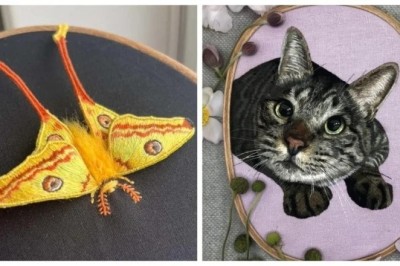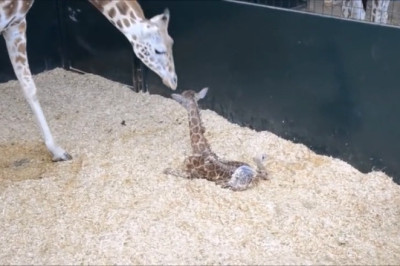
views
Smoothly Integrate a New Cat into Your Household - Expert Tips for a Successful Pet Introduction
Introduction
Bringing a new cat into your home is an exciting adventure, but introducing them to your existing pets can be a daunting task. To help ease the transition, we've gathered invaluable advice from renowned veterinary technician Paula Plummer from the Texas A&M College of Veterinary Medicine & Biomedical Sciences.
Create a Safe Zone
When introducing a new cat, it's crucial to provide them with a secure and secluded area, such as a separate room or office. This space should be equipped with all the essentials, including food, water, a litter box, toys, and a cozy bed.
Plummer explains, "Cats need their private space to adapt to their new environment at their own pace. However, positive interactions with everyone in the house are essential to build trust."
Share Items Between Animals
Allowing your new feline friend to (carefully) sniff items that belong to your existing pets, such as toys, towels, or beds, helps them become familiar with the other animals' scents before actual face-to-face introductions. Similarly, offer your existing pets items that belong to the new cat to aid in the acclimation process.
Introduce Your Cat to Other Pets Slowly
Once your new cat has adjusted comfortably to their surroundings, the time has come to introduce them gradually to your other pets. As most cats are not leash-trained, Plummer advises placing them in a carrier for these initial introductions.
"It's crucial to keep the new cat in a safe and protected zone within the carrier," says Plummer. "While the temptation may be to hold the new cat, it's safer to prevent potential scratches or bites and ensure a smooth introduction."
If the initial interaction goes well, gradually increase the duration of supervised encounters while still keeping the new cat in the carrier.
Plummer emphasizes the need for caution, especially in households with dogs, to prevent any injuries to the pets involved.
Allow Your Cat to Venture Beyond the Safe Zone
Once your new cat feels comfortable and secure, it's time to let them explore beyond their safe zone and join in with the rest of the family. Take note of the area they naturally gravitate toward as their chosen safe space and move their belongings there.
"Cats eventually pick their favorite private spaces," explains Plummer. "If you always find your cat resting or sleeping elsewhere, that's their preferred spot."
To avoid conflicts, double-check that another pet hasn't already claimed the same space, as competition for items like beds, litter boxes, or food bowls can lead to unnecessary tension.
As cats become more accustomed to their new home and fellow animal companions, they may start asserting themselves and testing boundaries. It's essential for owners to take additional precautions to keep their cat safe during this exploratory phase.
Remember, every cat is unique, and the adaptation process may vary in duration. However, with a gradual introduction, scent sharing, and careful supervision, owners can foster positive relationships that will last a lifetime.
Conclusion
Introducing a new cat to your existing pets requires patience, planning, and a deep understanding of feline behavior. By creating a safe and gradual integration process, sharing scents between animals, and monitoring their interactions, owners can ensure a harmonious blend of furry companions. With expert guidance from Paula Plummer and a thoughtful approach, welcoming a new cat into your household becomes an enriching experience for both the new addition and their four-legged siblings.




















Comments
0 comment